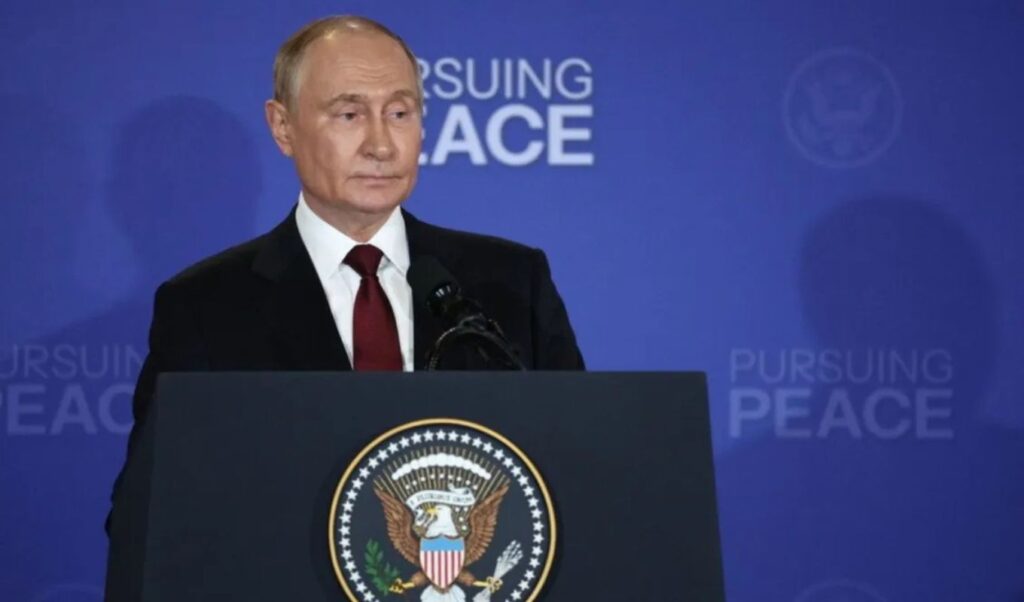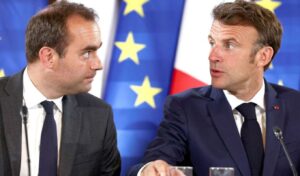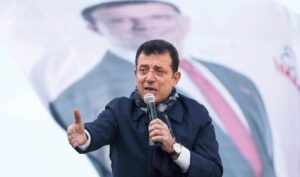Russian President Vladimir Putin is formulating a new strategy for resolving the Ukrainian issue, proposing specific terms that include the surrender of the entire eastern Donbas region by Ukraine, according to Reuters. According to three sources familiar with the Kremlin’s thinking, the new proposals also require Kiev to abandon its ambitions to join NATO and maintain a neutral stance.
Kremlin’s core demands
Vladimir Putin met with Donald Trump in Alaska on Friday for the first summit between Russia and the United States in more than four years. During their three-hour closed meeting, the two leaders spent almost all their time discussing potential compromises for Ukraine.
The Russian President’s new proposals include specific concessions compared to his previous demands from June 2024. At that time, Moscow demanded that Kiev surrender all four provinces it claims as part of Russia: Donetsk and Luhansk in eastern Ukraine, as well as Kherson and Zaporizhzhia in the south.
Strategic concessions and diplomatic moves
In his new proposal, Vladimir Putin remains unwavering in his demand for Ukraine’s complete withdrawal from the parts of Donbas it still controls. However, Moscow shows willingness to freeze the current front lines in Zaporizhzhia and Kherson.
According to American estimates and open-source data, Russia controls approximately 88% of Donbas and 73% of Zaporizhzhia and Kherson. At the same time, Moscow appears willing to surrender the small portions of Kharkiv, Sumy and Dnipropetrovsk regions that it controls.
Ukraine and NATO’s position
Ukrainian President Volodymyr Zelensky has repeatedly rejected the idea of withdrawing from internationally recognized Ukrainian territories as part of any agreement. As he told reporters, the industrial Donbas region serves as a fortress that contains Russian advances deeper into Ukraine.
NATO membership constitutes a strategic goal enshrined in the country’s constitution, and Kiev considers it the most reliable security guarantee. Zelensky emphasized that it is not for Russia to decide on alliance participation.
Prospects and diplomatic challenges
Political scientist Samuel Charap from the RAND research institute noted that any demand for Ukraine’s withdrawal from Donbas remains unacceptable to Kiev, both politically and strategically. As he pointed out, “openness to peace” with terms categorically unacceptable to the other side could be more of a performance for Trump rather than a sign of genuine willingness to compromise.
Russian forces currently control about one-fifth of Ukraine, an area roughly the size of the American state of Ohio. The three sources close to the Kremlin reported that the Anchorage, Alaska summit opened the best opportunity for peace since the war began.
Future negotiations and security guarantees
Trump’s special envoy Steve Witkoff played a crucial role in preparing the summit and this latest peace effort. Witkoff met with Vladimir Putin at the Kremlin on August 6, where the Russian President clearly conveyed that he was ready for compromise.
If Russia and Ukraine could reach an agreement, there are various options for a formal accord, including a potential tripartite Russia-Ukraine-US agreement that would be recognized by the UN Security Council. Another option is returning to the failed 2022 Constantinople agreements, where Ukraine’s permanent neutrality was discussed in exchange for security guarantees from the five permanent members of the UN Security Council.




